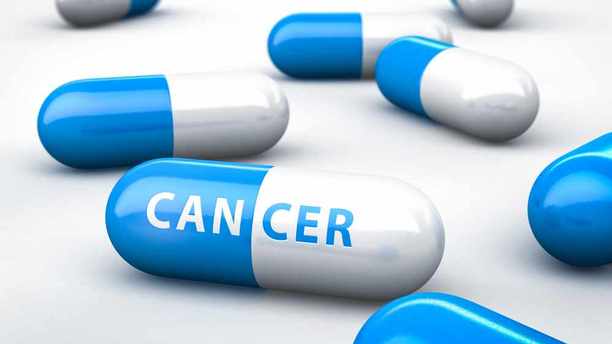



Business Inquiry
Global:
Email:marketing@medicilon.com
+1(781)535-1428(U.S.)
0044 7790 816 954 (Europe)
China:
Email: marketing@medicilon.com.cn
Tel: +86 (21) 5859-1500



An international research team reports the discovery of a new cellular pathway that can promote and support the growth of cancer cells. In a mouse model of melanoma, blocking this pathway resulted in reduction of tumor growth.
The study (“Transcriptional Activation of RagD GTPase Controls mTORC1 and Promotes Cancer Growth”), which is published in Science, offers a novel opportunity to develop drugs that could potentially inhibit this pathway in human cancer cells and help control their growth.

“We had been studying components of this pathway for several years,” said senior author Andrea Ballabio, M.D., professor of molecular and human genetics at Baylor College of Medicine and Texas Children’s Hospital in Houston, and director of the Telethon Institute of Genetics and Medicine in Naples, Italy. “We know that the pathway is important for normal cells to carry on their activities as it is involved in regulating metabolism, that is, how cells process nutrients to obtain energy and how cells use energy to grow. In this study, we wanted to learn more about how the pathway regulates its activity.”
Pathways involved in cellular metabolism typically regulate themselves, meaning that some components of the pathway control each other’s activities. “We suspected that the pathway was autoregulated, and we confirmed it in this study,” added Dr. Ballabio. “Our experimental approaches showed that there is a feedback loop within the path that allows it to control itself.”
He and his collaborators studied the role of the pathway in two normal cellular activities—how cells respond to physical exercise and how they respond to nutrient availability. In terms of physical exercise, the researchers determined that the self-regulating mechanism they discovered is essential for the body builder effect.
“Some athletes take the amino acid leucine or a mixture of amino acids immediately after exercising, which promotes protein synthesis that leads to muscle growth. This is the body builder effect,” explained Dr. Ballabio. “When we genetically engineered mice to lack the pathway, we lost the body builder effect.”
The researchers had a group of normal mice and another of mice lacking the pathway. Both groups were set to exercise and fed leucine immediately after. While normal mice showed enhanced protein synthesis, the mice without the pathway did not.
“In healthy organisms, this pathway also allows cells to adapt more efficiently to nutrient availability,” Dr. Ballabio said. “For example, when transitioning from a period of starvation to one in which food is available, cells need to switch from catabolism to anabolism. Starvation promotes catabolism—the breakdown of nutrients to obtain energy to function—and eating promotes anabolism—the buildup of molecules, such as proteins. The feedback we discovered mediates the switch from catabolism to anabolism, allowing organisms to adapt to food availability.”
The scientists also studied the role this pathway might play in cancer cells. They discovered that overactivation of this pathway, which is observed in some types of cancer, such as renal cell carcinoma, melanoma, and pancreatic cancer, is important to promote and support the growth of cancer cells in culture and animal models.
“Most importantly, we demonstrated in our study that blocking the pathway resulted in reduction of tumor growth in an experimental model of human melanoma transplanted into mice,” noted Dr. Ballabio. “I am most excited about the future potential therapeutic applications of this discovery against cancer. Developing pharmacological treatments that interfere with this pathway might one day help stop tumor growth.”
 Relevant
news
Relevant
news